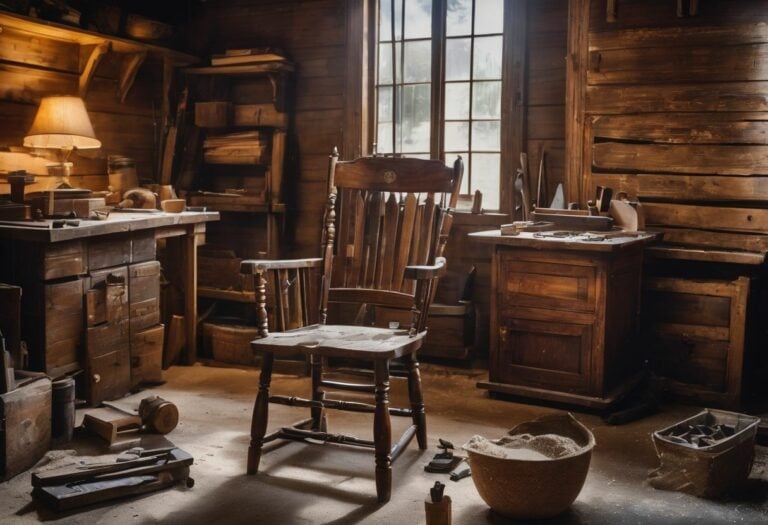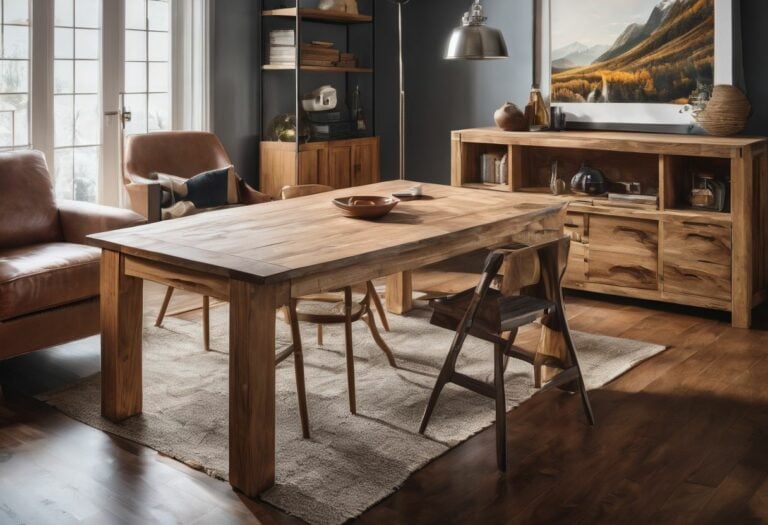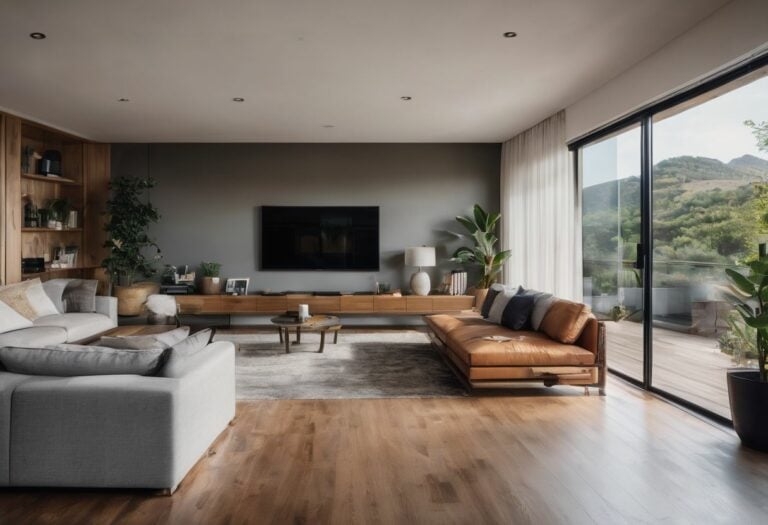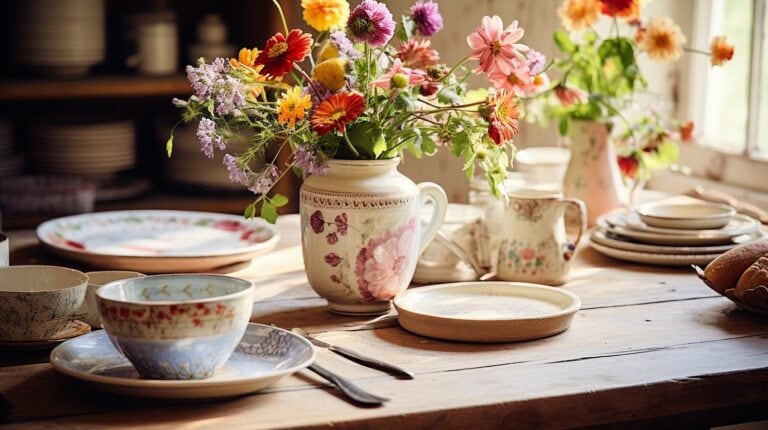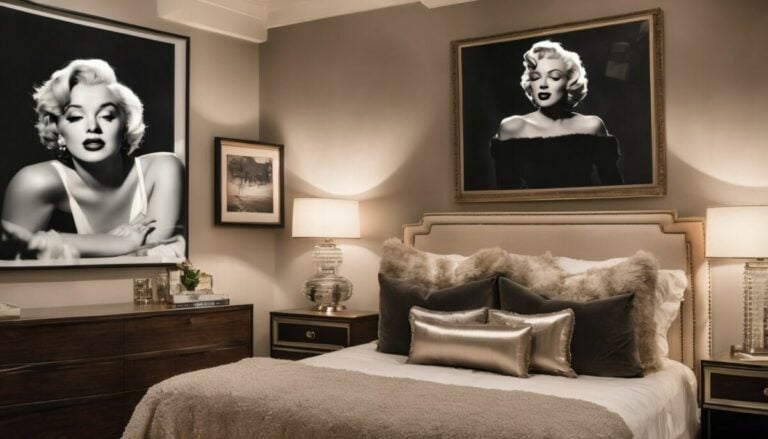What Makes a Great Minimalist Design: Principles and Examples
In a world where distractions abound, the allure of minimalist design has become stronger than ever. Whether it’s a cluttered webpage that leaves you clicking away in frustration or a busy product package that confuses more than it conveys, overcomplicated designs are driving people toward the clean simplicity of minimalism.
The craving for serene visuals and user-friendly interfaces points to an underlying desire: we all yearn for elegance in simplicity.
Minimalist design is rooted firmly in the idea that less truly can be more—a concept championed by icons such as Mies van der Rohe from the influential Bauhaus movement. With this blog post, we’ll peel back the layers of complexity to reveal how stripping down to basics can enhance both aesthetics and functionality.
You’ll learn about leveraging white space, selecting typography, and invoking emotion with monochrome color schemes—everything you need to foster impactful designs without excess fluff.
Let’s dive into creating serenity through simplification!
The Evolution of Minimalist Aesthetics

Minimalist design has roots in the early 20th century movements like De Stijl and the Bauhaus, which sought to simplify and streamline artistic expression. Over time, minimalism has become a hallmark of contemporary design across various mediums, including web design, product design, and interior decor.
A Brief History of Minimalist Design
Minimalist design began to take shape in the New York art scene during the early 1960s. It was a new way of looking at art and design after World War II, with artists choosing simple, clean lines and forms over busy and complex ones.
They wanted their work to be about the bare essentials, getting rid of anything that wasn’t needed.
Later on, this way of thinking spread out from just art. By the late 1980s, cities like London and New York saw minimalist architecture rise up. These buildings were all about pure space – no fancy details or decorations.
Architects focused on making spaces that were functional but still looked good.
This idea soon made its way into our homes and daily lives as well. People started liking simple and uncluttered living rooms with only a few pieces of furniture that had both purpose and style.
Even everyday items like phones and computers became sleeker and more minimalistic over time because people enjoyed having things around them that were easy on the eyes yet worked really well.
Defining Minimalist Design

Minimalist design is characterized by its simplicity, clean lines, and emphasis on functionality. To learn more about the key characteristics of minimalist design and how it has evolved over time, keep reading!
Key Characteristics
Minimalist design strips things down to the basics. This style makes sure every part has a reason and that nothing is too much.
- Simplicity: The main idea here is “less is more.” Designs are clean and not cluttered. There aren’t many colors or shapes fighting for your attention.
- Clean Lines: You’ll see straight or smoothly curved edges in minimalist work. These lines make the design look sharp and tidy.
- Uncluttered Elements: Spaces in these designs are free of extra stuff. Each piece that stays has a clear job to do.
- Function Over Form: The way something works is more important than how it looks. If it doesn’t help you use the thing, it probably won’t be there.
- White Space: This means lots of empty room in a design. It helps your eyes find where to look and makes everything easier to understand.
- Limited Color Scheme: Colors are often soft or all one family. They don’t scream for your attention but instead create a calm feeling.
- Emphasis on Accessibility: Designs should be easy for everyone to use or understand, no matter who they are.
The ‘Less is More’ Philosophy
The ‘Less is More’ Philosophy
Having fewer things can sometimes make life better. That’s the main idea behind minimalist design. It means making designs that are easy to understand and don’t have anything extra that isn’t needed.
Think of it like cleaning your room so well that only your favorite toys are left, giving you lots of space to play.
Designers who love this style use space, simple shapes, and just a couple of colors to create something beautiful and useful. They believe in clarity and purpose because people should enjoy what is truly important without being distracted by too much stuff.
This way of thinking helps us focus on what we really value in everything from website design to how we decorate our homes.
Emphasis on Functionality
Minimalist design puts a strong emphasis on functionality, focusing on making things as useful and practical as possible. It’s all about stripping away anything that isn’t absolutely necessary to make room for what truly matters.
This means that every element included in minimalist design serves a purpose, whether it’s in web design, graphic design, product design, or interior decor.
Incorporating this principle leads to clean and uncluttered designs that make it easy for users to navigate and understand the intended message or purpose. By prioritizing functionality over unnecessary ornamentation or distractions, minimalist designs can create a sense of calm and clarity while ensuring that the essential elements stand out effectively.
Elements of Minimalist Design
The elements of minimalist design include the strategic use of negative space, the emphasis on typography, a limited color palette, and simple shapes in flat design. These elements work together to create a clean and uncluttered aesthetic that prioritizes functionality and visual simplicity.
The Role of White Space
White space is an essential part of minimalist design. It separates and highlights different elements in a design. Designers use white space to create a clean and uncluttered look, as well as to guide the user’s focus.
The use of white space promotes elegance and simplicity, key characteristics of minimalist aesthetics. Without embracing white space, a design cannot fully embody the essence of minimalism.
Incorporating ample white space allows for better organization and readability in designs. It enhances the overall user experience by providing visual breathing room and emphasizing important content or imagery.
Importance of Typography
Typography is a key element in minimalist design, playing a crucial role in creating a visually appealing and impactful aesthetic. The choice of fonts and the uniformity of font size and style across a website or design contribute significantly to the overall minimalist look.
Minimalist designs often rely on clean, simple typefaces to maintain the simplicity and balance that are central to this aesthetic. As minimalism continues to influence various media, including web design, graphic design, and product design, typography remains an essential component for achieving the desired clean and uncluttered look.
The evolution of typography has seen a shift towards prioritizing minimal typefaces in design elements. This emphasizes the significance of font choice in maintaining the clean aesthetic associated with minimalist design.
Monochrome and Color Schemes
After understanding the importance of typography in minimalist design, let’s delve into another defining aspect – monochrome and color schemes. Minimalist design is often characterized by monochromatic or limited color palettes.
The use of white, black, and shades of gray creates a clean and sophisticated visual appeal. Additionally, limited color schemes are used to emphasize simplicity and elegance in minimalist design.
These colors are not overpowering but rather work as accents to highlight the overall composition.
In interior design, minimalism often embraces monochromatic color palettes to create serene and uncluttered spaces. Similarly, in graphic and web design, a limited color palette is utilized to convey clarity and simplicity while maintaining an impactful visual presence.
Flat Design and Simple Shapes
After exploring monochrome and color schemes, we delve into the principles of flat design and simple shapes. Flat design is about using uncomplicated elements like two-dimensional shapes and flat icons to create a minimalist aesthetic.
It focuses on simplicity, clarity, and functionality by avoiding gradients and shadows while favoring bright colors and minimalism in graphic design.
Incorporating simple geometric shapes such as squares, circles, or rectangles is a key aspect of this design approach. This style uses clean lines to achieve a sleek look that emphasizes clarity.
Examples of Minimalist Design in Various Media
– Explore how minimalist design principles are applied in web design, graphic and logo design, and product design, showcasing real-world examples of sleek, clean aesthetics that prioritize function over ornamentation.
Dive into the world of minimalist design and discover how simplicity can make a powerful impact across different media.
Minimalist Web Design
Minimalist web design focuses on simplicity and clarity, stripping away unnecessary elements to create a clean and intuitive user experience. It emphasizes usability while maintaining an aesthetically pleasing interface.
White space, crisp typography, monochrome color schemes, and simple shapes are key components of minimalist web design. This approach presents information effectively, evoking different emotions through individual design elements while ensuring clear messaging to visitors.
By prioritizing functionality and removing distractions, minimalist web design offers a seamless browsing experience that resonates with users.
Graphic and Logo Design
Minimalist graphic and logo design keeps things simple. It uses basic shapes, clean lines, and a few colors to make a strong visual impact. This type of design is easy to recognize and remember because it’s so clear and uncomplicated.
Minimalist logos are designed to be easily reproducible and scalable. They rely on straightforward elements like simple shapes, colors, and fonts to create a memorable visual identity that can stand the test of time.
When it comes to minimalist graphic design, less is more. By keeping visuals uncluttered and using clean lines along with basic shapes, this style creates a sense of elegance and sophistication.
Product Design
Moving from graphic and logo design to product design, minimalist principles continue to play a crucial role. In product design, the focus is on simplifying interfaces and user experiences by utilizing only essential components.
This approach aims to combine practical functionality with exceptional usability while maintaining an aesthetically pleasing appearance. Visual elements in minimalist product design are particularly important as they contribute significantly to the initial impression users have of the product.
The emphasis on combining excellent usability and aesthetics in minimalist products not only enhances their visual appeal but also ensures that the experience of using them is memorable for users.
Minimalist Design in Lifestyle and Decor
Incorporating Minimalism in lifestyle and decor extends beyond design, influencing a more intentional and simplified way of living. From decluttering spaces to embracing natural elements like plants, minimalism in lifestyle and decor promotes mindfulness and harmony within the home.
Incorporating Minimalism in Interior Design with Plants
Minimalist interior design can be enhanced by adding plants. Here’s how:
- Use plants as focal points in minimalist design to add visual interest without cluttering the space.
- Create a sense of tranquility and harmony within the space by incorporating plants in minimalist interior design.
- Soften the clean lines and stark simplicity often associated with minimalist design by using plants.
- Incorporate plants to add texture and dimension, creating a more inviting and lively atmosphere.
- Bring warmth and life to the space while maintaining the minimalist aesthetic by adding plants.
- Reflect the principle of embracing simplicity and nature within the space through the use of plants in minimalist interior design.
Conclusion
In conclusion, minimalist design prioritizes functionality over embellishment. By focusing on accessibility and stripping away unnecessary elements, designers can create powerful user experiences.
This approach can be seen in various fields, including web design, graphic design, interior decor, and lifestyle choices. The beauty of minimalism lies in its ability to simplify and streamline design elements for maximum impact.
Ultimately, great minimalist design emphasizes purposeful simplicity to make the existing components more impactful.
If you’re interested in infusing a touch of nature into your minimalist space, be sure to explore our guide on minimalist interior design with plants.
FAQs
1. What is minimalist design?
Minimalist design is a style that uses simple lines, few colors, and a lot of open space to create art, home decor, or web pages.
2. How can I make my email or social media look minimalist?
To make your email or social media platform look minimalist, use clean fonts and space out your content like a grid so it’s easy to read and not too busy.
3. Who started the minimalist style in art?
The De Stijl movement helped start the minimalist style in art with their work that focused on basic shapes and primary colors.
4. Can web designers be minimalists?
Yes! Web designers can be minimalists by choosing just one font family for text and keeping their designs simple so people using the internet find them easy to use.
5. Is living like a minimalist only about furniture?
No, living as a minimalist isn’t just about having fewer things at home; it’s also about clearing out what you don’t need from places like your inbox on Instagram or other parts of life too.


